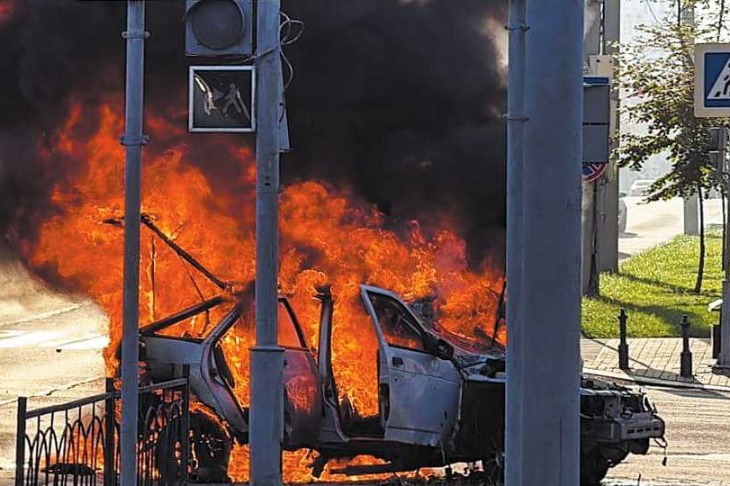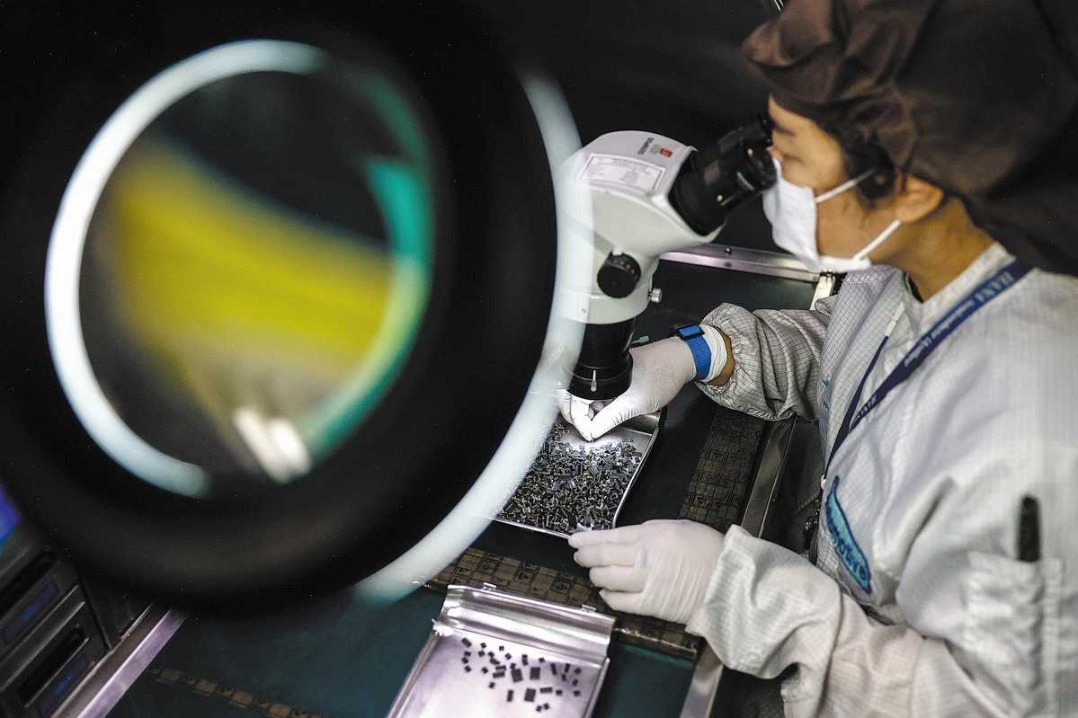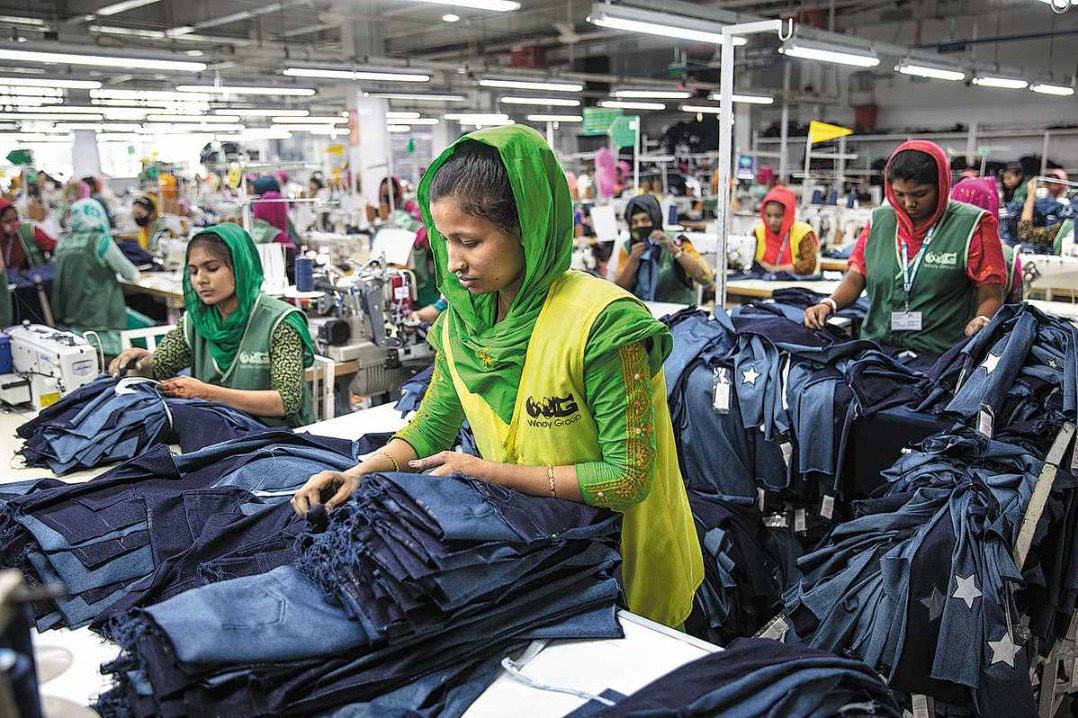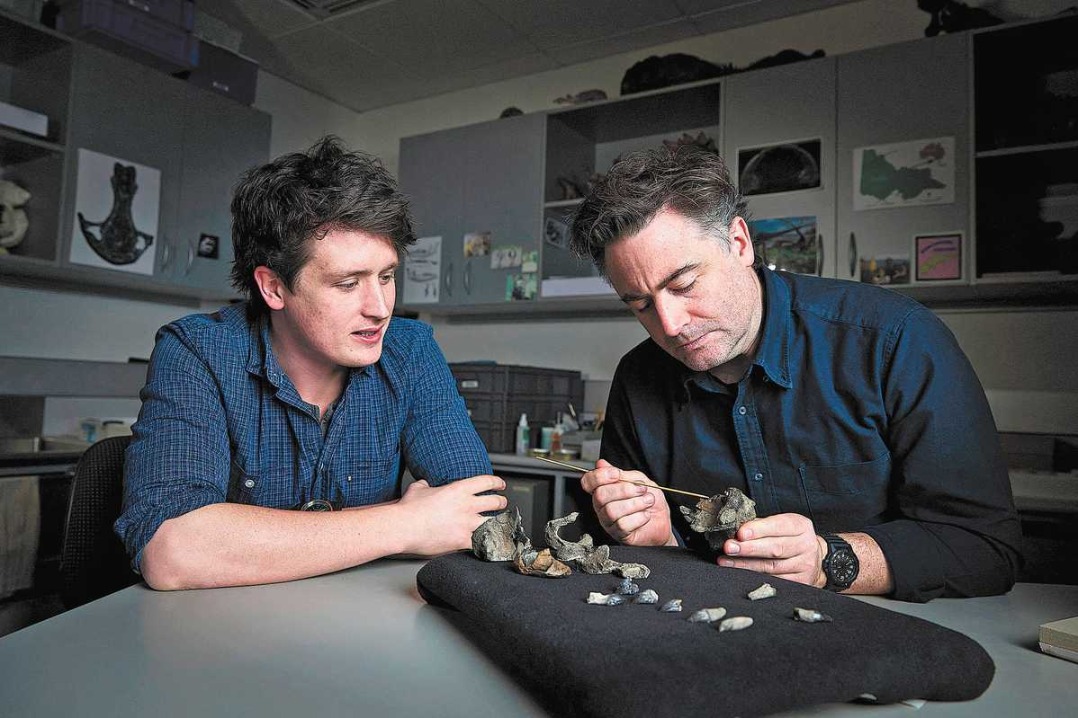Lisbon Maru sinks, memories stay afloat

The first time I stepped into the National Memorial Arboretum in Staffordshire, England, I found myself among more than 400 statues, sculptures and slabs, commemorating soldiers and civilian communities who died in service during the two world wars.
"Each one has a story behind it," a volunteer at the site told me. "Which one are you looking for?"
"Lisbon Maru," I replied.
As the volunteer gave me directions, I couldn't help but recall my very first reporting assignment after arriving in London three years ago — a screening of a documentary about the Lisbon Maru.
What is it? I had wondered. Lisbon — the capital of Portugal, and maru seems to be a Japanese word. The juxtaposition puzzled me.
After some research, I uncovered just the tip of the story — a vast, complicated, tragic yet heroic chapter of World War II, long buried in time and scattered across seas.
Lisbon Maru was the name of a cargo ship requisitioned by the Japanese army during the war. Like many civilian freighters that transported Allied prisoners of war as forced labor, its conditions were inhumane. Hundreds of prisoners were crammed into the holds, denied proper food, water or ventilation.
And the voyage was perilous. These ships were rarely marked as noncombatant, making them targets for fire from Allied forces. More than a dozen were sunk — including the Lisbon Maru. Thus, they were also known as "hell ships".
In the darkest moments, the best of humanity — compassion, courage, resilience — comes to light. That's what I learned covering commemorations of the Lisbon Maru incident in the past three years.
At the documentary screening event, I met Denise Wynnedaughter of the late Dennis Morley, the last survivor among the 1,816 prisoners of war, mostly British, aboard the Lisbon Maru, which was torpedoed by a United States submarine off the coast of East China's Zhejiang province on Oct 1, 1942.
A musician of the second battalion of the Royal Scottish Regiment, Morley was 22 when he broke out from the locked hold and leapt into the sea, dodging bullets from Japanese guards.
It so happened that when the Japanese soldiers were given the order to shoot those who escaped from the sinking ship, Chinese fishers in nearby villages of Dongji Island came on small boats to rescue the drowning men.
"It was Chinese fishermen who changed everything," Morley said in a 2019 interview. "When they came out, the Japanese saw them, and they stopped shooting. That was when they started picking us up."
Wu Buwei, grandson of the late fisherman Wu Qisheng, who was one of the main organizers of the rescue efforts, recounted the rescue, "Men and women, the old and the young, everyone in the village was mobilized." With only around 60 small boats, the fishers pulled as many drowning soldiers as they could and ferried back British soldiers ashore.
The fishers saved 384 from the water, though 828 lives were lost.
"And the fishermen fed soldiers with whatever they had — fish, sweet potatoes," Wu said.
Wynne told me one of her father's final wishes was to see a memorial not only for the fallen soldiers, but also for the fishers who risked everything to save them.
There was already a memorial erected at the National Memorial Arboretum, she said, adding that it would be comforting to her father that a twin memorial would be built on Dongji Island.
Since then, I have covered many other stories, but the Lisbon Maru never left me. I kept returning to it.
I interviewed Fang Li, the Chinese director of The Sinking of the Lisbon Maru, who spent eight years making the documentary. The rough cut of the film was screened for the survivors' families in 2023, a year before it was released.
"It's an untold history," said Fang. "We see the bravery of our Chinese fishermen, we hear heartbreaking stories of individual British families one after another, and we are angered by Japan's attempt to cover up the brutal crime."
I met Brian Finch, a retired major who has spent years collecting documents on the Lisbon Maru and helping reunite survivors' families.
"Everyone who knows the story remembers it," he said. "But too many in the UK still don't know. We need to tell it — here and internationally."
At the annual reunions hosted by the Chinese embassy in London, I met many other relatives. They brought their spouses, children and grandchildren — each carrying a unique thread of this shared history.
I spoke to historian Tony Banham, one of the earliest researchers of the incident. He interviewed many survivors in the 1990s and published a book in 2006.
"So many documentaries about war talk about the glamor of war, the aircraft, the tanks, the colorful explosions," he said. "But if there's one lesson we can teach people that might make them think twice, it is understanding that wars don't end when the last bullet is fired. It ends when the last survivor dies. War lasts a lifetime."
In May, I read about the unveiling of the memorial to the Dongji fishers in Zhejiang. Wynne was there, along with other families of the Lisbon Maru prisoners of war.
"Establishing this memorial was my father's wish, shared by all the surviving British POWs," she told reporters. "Now our descendants are accessible to visit and remember ancestors' sacrifices and the rescuers' bravery, and take pride in this legacy."
That was when I knew it was time to visit the twin memorial in England. This time, I brought my own family, and told them about the Lisbon Maru.
When war ends, we shall remember. And as a reporter, I know the best way to remember is to tell a story — so it is not only carved in stone, but also etched in the heart.
The author is a correspondent at China Daily Europe based in London.































